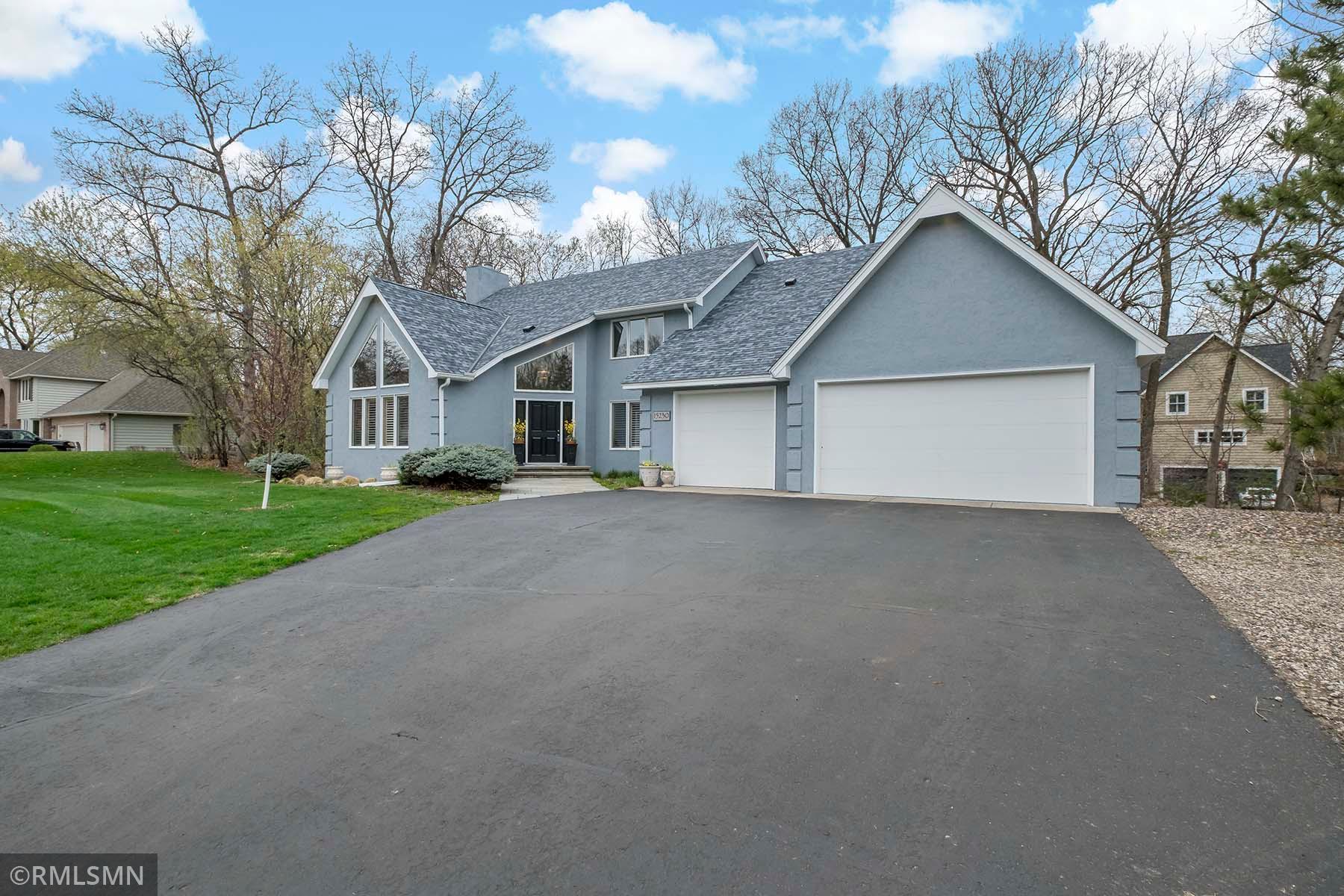Value add real estate is more than a buzzword in real estate investment; it's a strategy with the potential to unlock substantial returns and transform properties into highly lucrative assets. But what exactly does "value add real estate" entail?
Value add real estate is the practice of purchasing properties with untapped potential or that require upgrades, then making strategic upgrades or changes that enhance their market value. Like, modernizing outdated interiors, upgrading amenities, or increasing curb appeal to increase it’s market value. This could involve renovating outdated interiors, renovating amenities, or repositioning within the market.
Value-add real estate cannot be understated: not only does it present investors with the chance to improve cash flow and returns, but it also allows them to actively shape the outcome of their investment.
Through this guide, we'll explore key components such as investment strategies and frameworks for adding value to properties-providing an overview of successful value-add investments.

What Is Value Add Real Estate?
Value add real estate is the process of increasing the value of an existing property through strategic upgrades or improvements, such as renovations, rebranding efforts, tenant improvements, or increasing efficiency, to attract better-quality tenants and command higher rents.
By adding value to an underperforming property or one with unrealized potential, investors can not only increase their return on investment but also generate sustainable income streams that last over time. It's like turning something plain into something truly remarkable!
Example: Among Excelsior MN houses for sale, say you purchase an apartment building that needs some major upgrades. By upgrading kitchens and bathrooms with modern fixtures and finishes, you may attract higher-paying tenants willing to pay higher rents.
Forbes states that value-add deals within commercial real estate often yield more significant returns compared to other strategies.
How Does Value Add Real Estate Investing Work?
Real estate investing with value add potential involves:
- Finding properties with potential for improvement.
- Upgrading them strategically.
- Adding value in order to attract tenants or buyers.
This could include renovating older units in multifamily properties to command higher rents or repositioning a commercial building to attract new businesses.
By implementing upgrades and improvements, investors can increase the property's value while seeing greater returns on their investment.
A real estate investor who invests in older apartment complexes that need refurbishments may benefit by renovating each unit with contemporary finishes and amenities. This attracts higher-paying tenants and increases rental income significantly.
Value addition investing entails finding opportunities where renovations or improvements can lead to increased cash flow and long-term appreciation.
How Risky is Value Add Real Estate?
Investment in value add real estate is fraught with risk; however, when approached strategically and thoughtfully, it can help manage those risks effectively.
Value-add real estate requires conducting in-depth due diligence before making investment decisions, including analysis of factors such as market conditions, tenant demand, potential returns on investment (ROI), and the feasibility of upgrades within budget.
Example of Value-Add in Action
Imagine discovering an unappealing apartment complex located in an up-and-coming neighborhood, with rents that fall below market value and aesthetic flaws to be desired yet brimming with potential. That would be like discovering a gem hidden among all that dross.
Value-add strategies involve:
- Renovating units with modern finishes and updating common areas with amenities like fitness centers or community lounges.
- Improving landscaping for better curb appeal.
- Renovating units to attract higher-quality tenants while simultaneously increasing rental rates.
Industry data indicates that properties undergoing value-add renovations may experience rent increases of 10–30%! With higher rents come increased cash flow and property value appreciation, making it a win-win for savvy investors seeking greater returns from their investments.
Benefits of Value Add
Value add real estate investments offer many advantages to investors seeking maximum returns. Here's why value add investments should be included in your portfolio:
Enhance Rents: By making upgrades and improvements strategically, you can attract higher-quality tenants willing to pay premium rents.
Increased Cash Flow: Thanks to higher rental income and decreased vacancies, value-add investments typically offer stronger cash flows compared to other forms of investment.
Potential for Significant Appreciation: Renovating or repositioning a building can greatly increase its market value over time.
Diversifying Your Portfolio: Value-add real estate allows investors to diversify across asset classes and potentially lower overall risk with one investment strategy.
According to research conducted by Green Street Advisors over the last 20 years, properties classified as a value add have consistently outperformed core and core-plus assets regarding investment returns! Therefore, adding value isn't simply about improving specific properties but maximizing investment returns!
Tax Advantages of Value Add
Value-add real estate investments offer significant tax benefits, and upgrading and improving properties often gives investors access to tax incentives that help lower their taxable income.
As per IRS guidelines, certain property improvements qualify for accelerated depreciation deductions, and related renovation/upgrade expenses may also be deducted as business expenses to lower overall taxable income.
These tax benefits can significantly impact an investor's bottom line by lowering tax liabilities and increasing cash flow from rental income. Consultation with an accountant or tax professional is necessary in order to maximize these advantages while complying with local regulations.
How Does a Value-Add Opportunity Benefit Your ROI?
Value add real estate investments can significantly boost your return on investment (ROI). By identifying properties with unrealized potential and capitalizing on them, value-add real estate investments allow investors to increase market value through renovations, upgrades, or repositioning strategies.
Enhancing curb appeal and modernizing the interiors of a multifamily complex, for instance, can attract higher-quality tenants who are willing to pay higher rents - increasing both cash flow and property values simultaneously.
Real Capital Analytics (RCA) reports that commercial real estate investments that implemented value add strategies saw an average 5-year average gain of 28% when using value add strategies to add value. With proper planning and execution, investing in value-add opportunities offers great potential to bring substantial returns.
When Is a Value Add Property a Good Real Estate Investment?
Value add properties are ideal real estate investments when they offer increased cash flow and higher returns through improvements or upgrades, providing greater cash flow or returns over time. Before considering such an investment property, it's crucial to assess the market conditions, demand drivers, and growth potential of the area before considering it as an opportunity.
Locate properties with unrealized potential in areas experiencing economic growth or revitalization. With careful evaluation and implementation, investing in value-add properties can result in substantial appreciation in both rental income and overall property value.
How to Find Value Add Real Estate Properties
Finding value-add real estate properties requires both an eye and a strategic approach. Here are some tips on identifying these hidden gems in the market:
- Investigate Local Market: Begin the research of your target location's dynamics by understanding vacancy rates, rental demand, and economic indicators in its area. This will allow you to pinpoint neighborhoods with growth potential.
- Network: Participate in networking events or conferences focused on commercial real estate investment to meet local agents, brokers, and investors who can offer insight and lead you towards potential value-add opportunities.
- Off-Market Deals: Don't limit yourself to publicly listed properties - off-market deals often present more opportunities because they haven't been widely advertised yet.
- Excelsior Realty Tip: Excelsior Realty's extensive network of property owners searching for investment opportunities meets your criteria, while our expert agents know every inch of Minnesota to find exceptional value add properties tailored specifically for success!
Are you embarking on the exciting world of value-add investing? Reach out to us immediately - let us guide your decisions toward profitable ventures while helping to avoid common pitfalls along the way!
Conclusion
Value-add opportunities offer immense promise when it comes to real estate investing, offering investors the ability to unlock hidden potential and increase returns on their investments. Don't shy away from exploring value add real estate - it could just be your path to investment success!
Consider that investing in value-add properties requires knowledge, planning, and in-depth knowledge of market conditions. There can be risks involved; however, informed decision-making combined with well-executed upgrades may lead to significant appreciation in property values.
Now that you understand what value add real estate entails - its definition, essential components, and strategies - you're ready to explore this dynamic world and seize opportunities!


